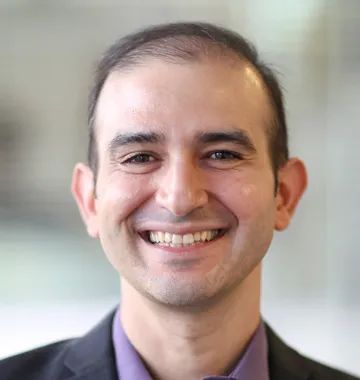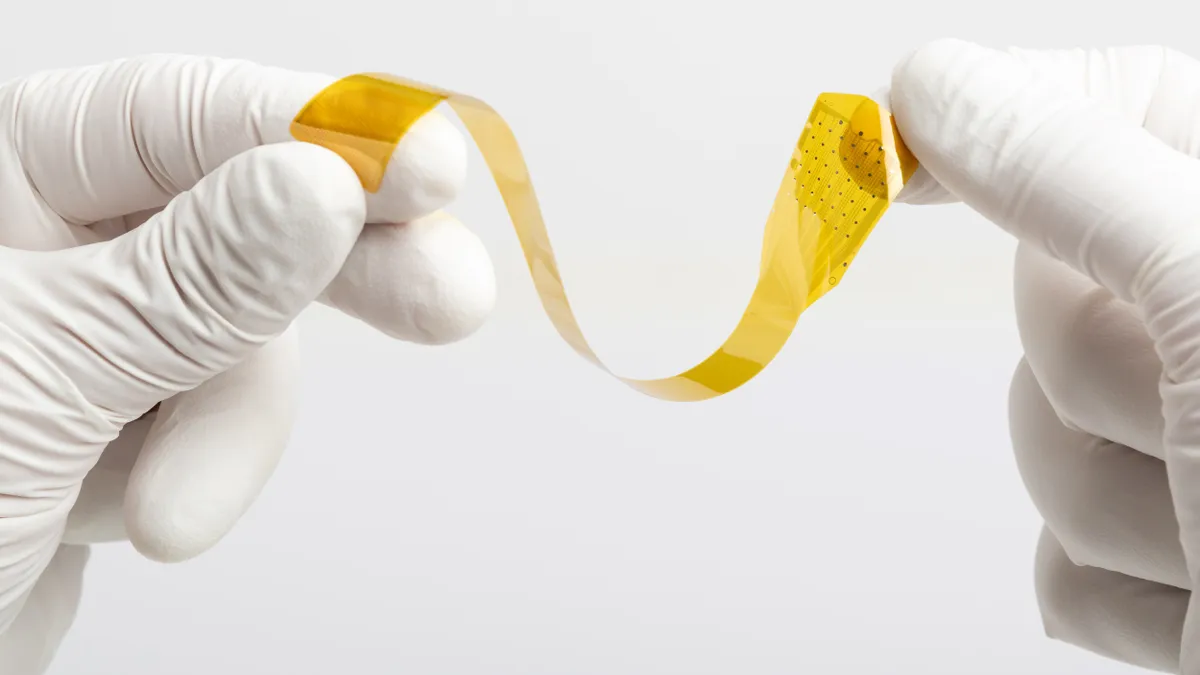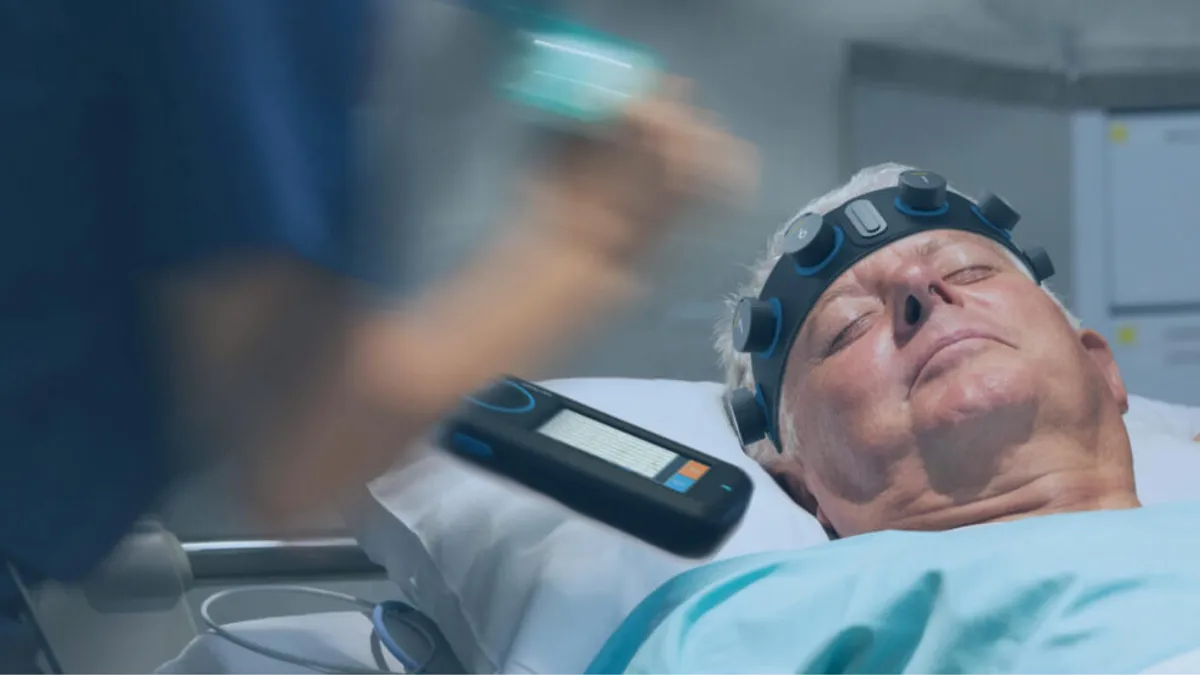The Centers for Medicare and Medicaid Services in April expanded Medicare coverage of continuous glucose monitors (CGMs) for people with Type 2 diabetes who only take basal insulin or who have a history of hypoglycemia.
Abbott, one of the leading CGM makers in the diabetes tech market, estimated that the coverage change would open access for 2 million people.
Mahmood Kazemi, chief medical officer of Abbott Diabetes Care, also hopes to broaden access for people covered by Medicaid and more people who don’t take insulin as part of their treatment. Kazemi spoke with MedTech Dive about recent studies and other efforts by the company to expand coverage.
This interview has been edited for length and clarity.

MEDTECH DIVE: Medicare recently expanded coverage of CGMs in the U.S. for people with Type 2 diabetes. What’s the significance of that for patients?
MAHMOOD KAZEMI: I think that's a great thing because what we know from clinical studies is that these technologies are not just for people living with Type 1. Anyone with diabetes can benefit from them because people with diabetes need to be able to access their glucose readings, and that’s no matter whether you're Type 1 or Type 2, or for that matter, even if you have gestational diabetes or if you're pregnant and have diabetes.
Over the past several years, we've been doing studies that clearly demonstrate the benefits of these technologies to people living with Type 2. We've seen, for example, reductions in hemoglobin A1C. We've also seen reductions in low glucose or hypoglycemia.
And we've seen improved quality of life, which we don't talk about that often but which we should, because obviously it’s great to have these improvements when it comes to metrics that we use in diabetes management, but it's also equally important to ensure that we have people that are living with diabetes actually having the improvements that they're feeling.
Is there any difference in how people taking multiple daily injections of insulin use CGMs compared to people who take basal insulin?
The key thing for us is that people living with diabetes have to make decisions multiple times a day. Some of them have to do with insulin, but even if you're living with diabetes and you don't use insulin, you still have to make decisions about what to eat, what kind of activities you're going to engage in, what other medications they're using that may or may not include insulin. The beauty of CGM is that it gives you feedback in real-time about how those decisions have impacted your diabetes management.
So yes, we certainly have access for individuals who use insulin therapy, and we're working on getting access to even broader audiences. But for me, the medical benefit of these technologies is clear for anyone with diabetes whether they use insulin or not.
What does access to CGMs currently look like in the U.S. and other countries?
The Medicare decision was a welcome one because clearly, that's a very large population within the U.S. But in particular, we also have Medicaid. There are about 75 million Americans who rely on Medicaid. And that's something that, unlike Medicare, which is at a national level, is at a state-by-state level. Abbott has been supporting initiatives and we've been making progress on a state-by-state basis to help improve access to these devices for the Medicaid population.
Because of the decision taken by Medicare, it has also helped open more accessibility with private payers, because, in the past, private payers may or may not have covered these technologies for people with Type 2 who are even on, for example, a single injection of insulin.
The good news now is that we really have been seeing much greater coverage by private payers, and increasingly by public payers.
Our goal from an accessibility standpoint is to get it into the hands of anyone with diabetes who can benefit from it, on the U.S. side, as well as globally.
Outside the U.S., many countries have national payer systems. So we have been working with governments and payers around the world to ensure accessibility of our technology, and we've had great successes with that in Europe and Asia.
What about cash-pay programs?
We do have a program for the U.S. where if someone is not able to get coverage for that through their commercial insurance, or if they just have no insurance at all, and they need to pay cash, no one has to pay more than $75 per month for their two sensors.
What else is important for access?
We are still working on getting even more access for people living with Type 2. For people living with Type 1, we have pretty good coverage both in the U.S. and worldwide. There are still some cases where we need to be working on that.
In reality, what we're looking at now is the large number of people living with Type 2 who may not be on insulin therapy, and there's no reason why they can’t also benefit from this technology. When it comes to accessibility, we would like to be able to offer this technology to anyone living with diabetes.
Part of what is coming next is to have the clinical studies that demonstrate the benefits in diverse patient populations using different medication regimens. Part of that is also expanding our access to health equity initiatives.
Not only based on the type of diabetes but based on where you live. Maybe you can't access a specialist, so we have outreach to primary care practitioners of various kinds, whether they be physicians, nurse practitioners, or others.
We just want to make sure that people who live with diabetes no matter where they live, who they are, or what their coverage is, are always able to access these technologies because we feel that it makes a significant difference in their overall care.


















